Summary
- Bleach’s decline was due to pacing issues, filler episodes, and weak storytelling compared to other shonen anime.
- Bleach: Thousand-Year Blood War revival was successful due to stunning animation, faster pacing, and consistency in storytelling.
- Despite the revival, Bleach still struggles with balancing villains, weak storytelling, and lack of a clear protagonist goal.
Quick Links
Bleach is one of the most influential shonen anime to date. But with time, the anime saw a great decline in popularity. Considered a part of the prestigious Big Three, the show slowly started to lose its influence on fans around the world. But the release of Bleach: Thousand-Year Blood War revived the series’ lost glory. What exactly made the long-awaited sequel so special?
In the early 2000s, Naruto, Bleach, and One Piece were collectively referred to as the Big Three of anime. It was because of their worldwide appeal, influence, and the long-running nature of the series. As time went on, Naruto and One Piece continued to flourish. Naruto was succeeded by the highly renowned Naruto: Shippuden series, while One Piece saw continuous success in its long-running anime that runs to date. Bleach was lost somewhere in between and people started to slowly forget about the once iconic show.
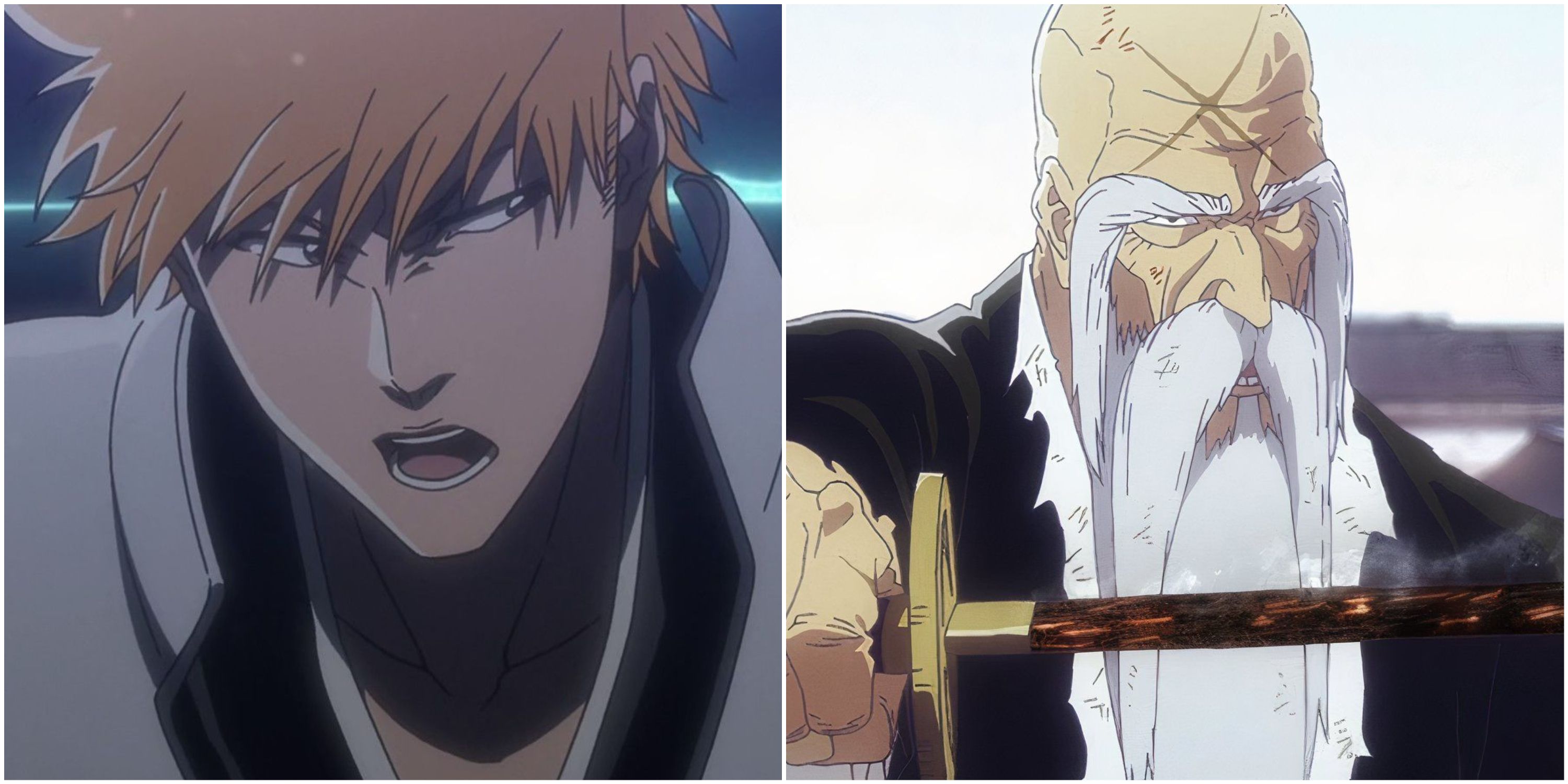
Related
Bleach: 8 Biggest Changes Between The Manga And Anime
For the most part, the Bleach anime sticks closely to its manga inspiration, but there are some noticeable differences between the two depictions.
Why Did Bleach Fail?
The original Bleach series started strong. The Soul Society Arc defined everything great about Bleach. A good pacing, strong villains, and intense fight scenes. But the same can not be said for the remainder of the series. While there were other arcs that were enjoyable, like the Hueco Mundo Arc. The biggest problem with Bleach was being unable to retain its pacing. The show had unusually large arcs that were often interrupted by a sea of filler episodes. This greatly decreased the immersion and interest of many viewers. This mainly occurred when Tite Kubo was facing health issues and was unable to write the manga. Instead of stopping the adaptation till new chapters were written, the anime continued broadcasting filler episodes. This often happened amidst an action-packed arc, which ruined the series for many.
Another problem that Bleach faced was the storytelling itself. When compared to other big shonen, Bleach‘s storytelling was rather weak. While characters like Naruto and Luffy had clear goals embedded into their characters, Ichigo failed to have the same. Also, Bleach‘s fight scenes were always seen as a big part of the anime. Well-choreographed and well-animated fights became a highlight of the show. But as the show went on, the animation of these fights became increasingly worse.
How Thousand-Year Blood War Revived the Series
10 years after the end of its predecessor, Bleach: Thousand-Year Blood War was released. It was received well around the world and became one of the highest-rated anime ever. The animation was stunning, which caught many eyes. Compared to the older episodes, the pacing seemed much faster too. But most importantly, the anime now had consistency. Filler episodes were completely avoided. The anime seemed to be moving in a single direction. The villains were introduced well, and the fight scenes were choreographed beautifully. Each episode followed the other immediately, and the action seemingly never stopped.
That being said, the main issues with Bleach still remain. The final arc of the long-running series can not change its foundation. The storytelling, though better now, still lacks in many ways. The villains continue to feel overpowered, distorting the balance between protagonists and antagonists. Ichigo’s primary goal still being not more than protecting his family and friends, fails to distinguish him from other popular protagonists.
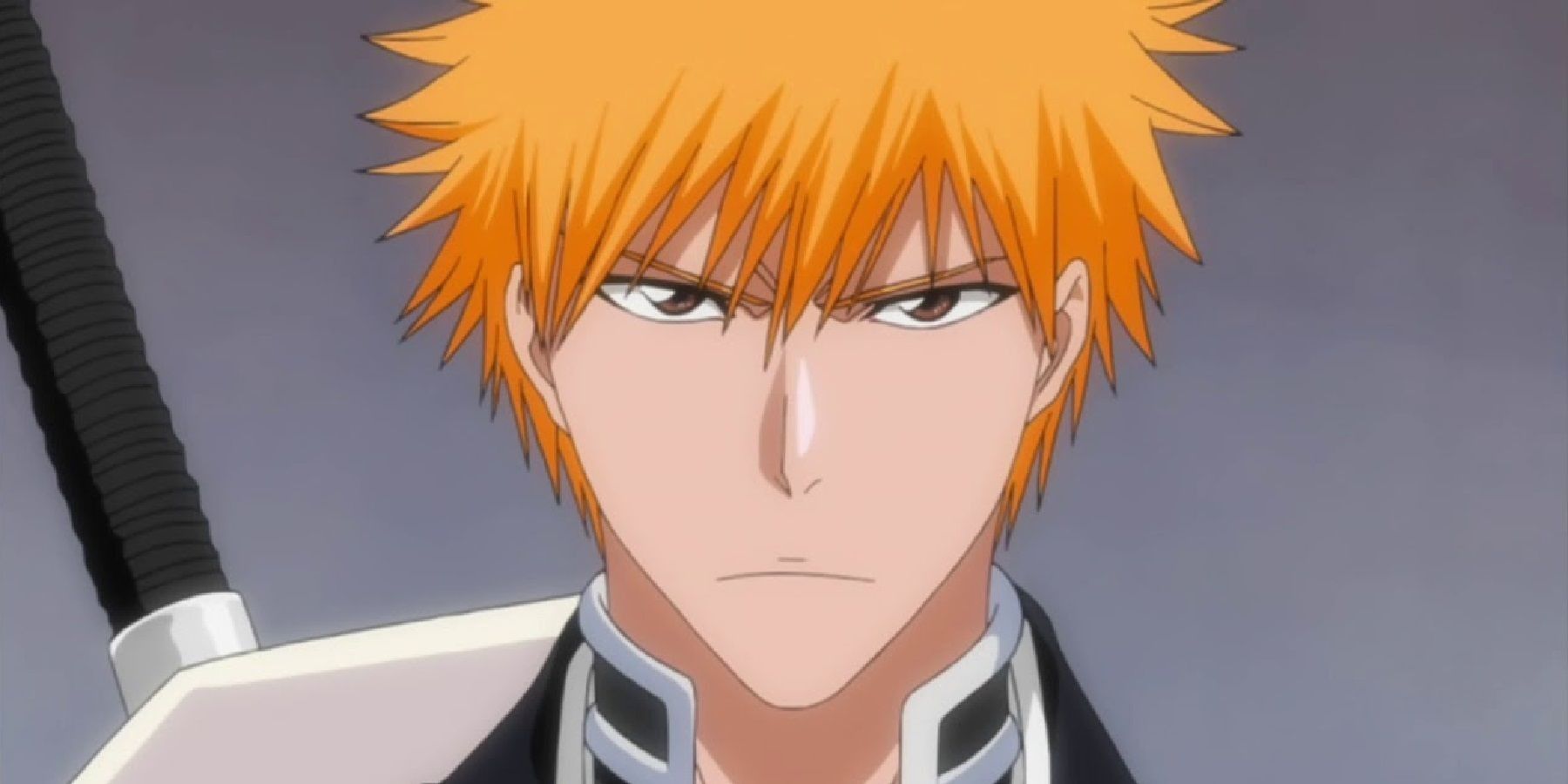
Related
Bleach: The Series Initial Concept, Explained
Tite Kubo’s Magnum Opus had a troubled origin before it became a generational success.
The show is currently on its third out of 4 cours. With only a handful of episodes left, we will have to see if Cour 4 can give a fitting ending to this long-running show.
Bleach: Thousand-Year Blood War is available to watch on Netflix.
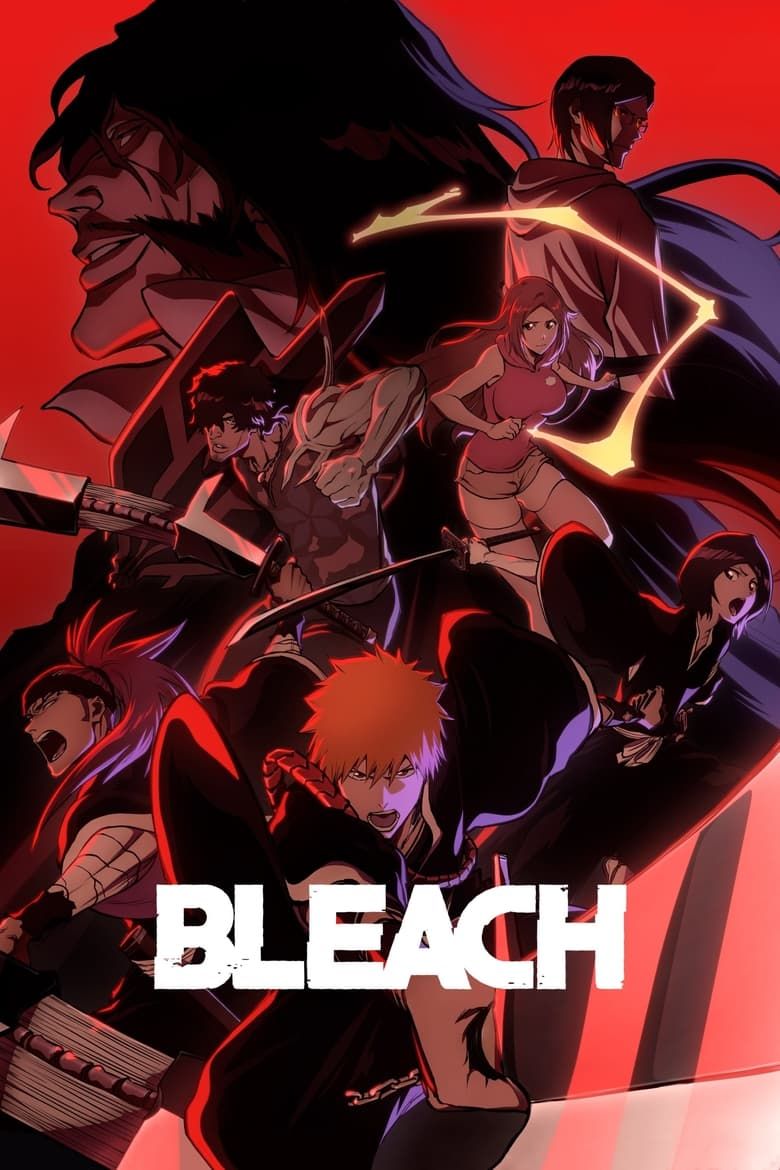
Bleach
- Release Date
-
2004 – 2022
- Network
-
TV Tokyo, TV Osaka, TV Aichi, TVh, TVQ, TSC, BS TV Tokyo
- Showrunner
-
Tite Kubo
-

Masakazu Morita
Ichigo Kurosaki (voice)
-

Fumiko Orikasa
Rukia Kuchiki
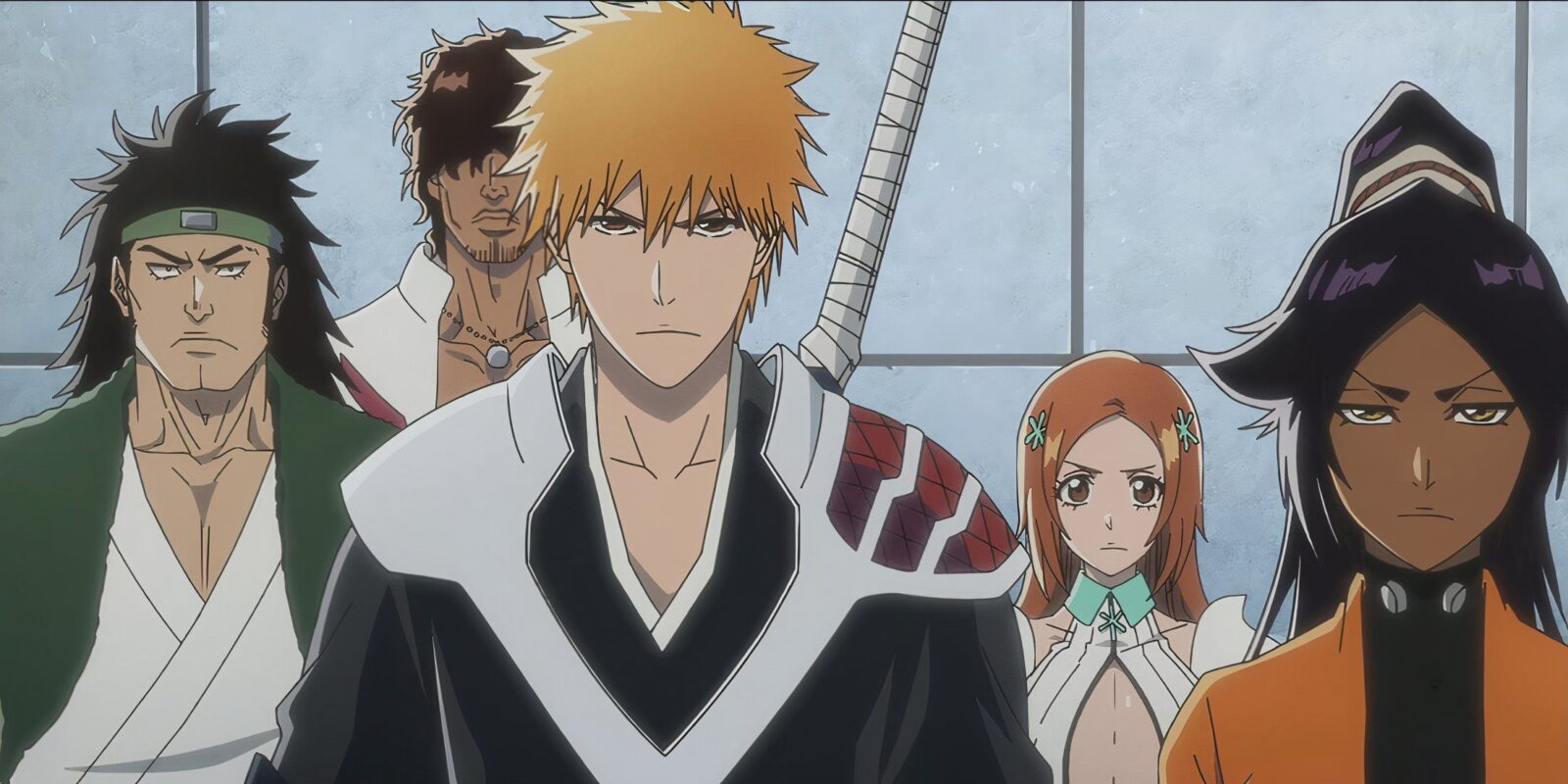

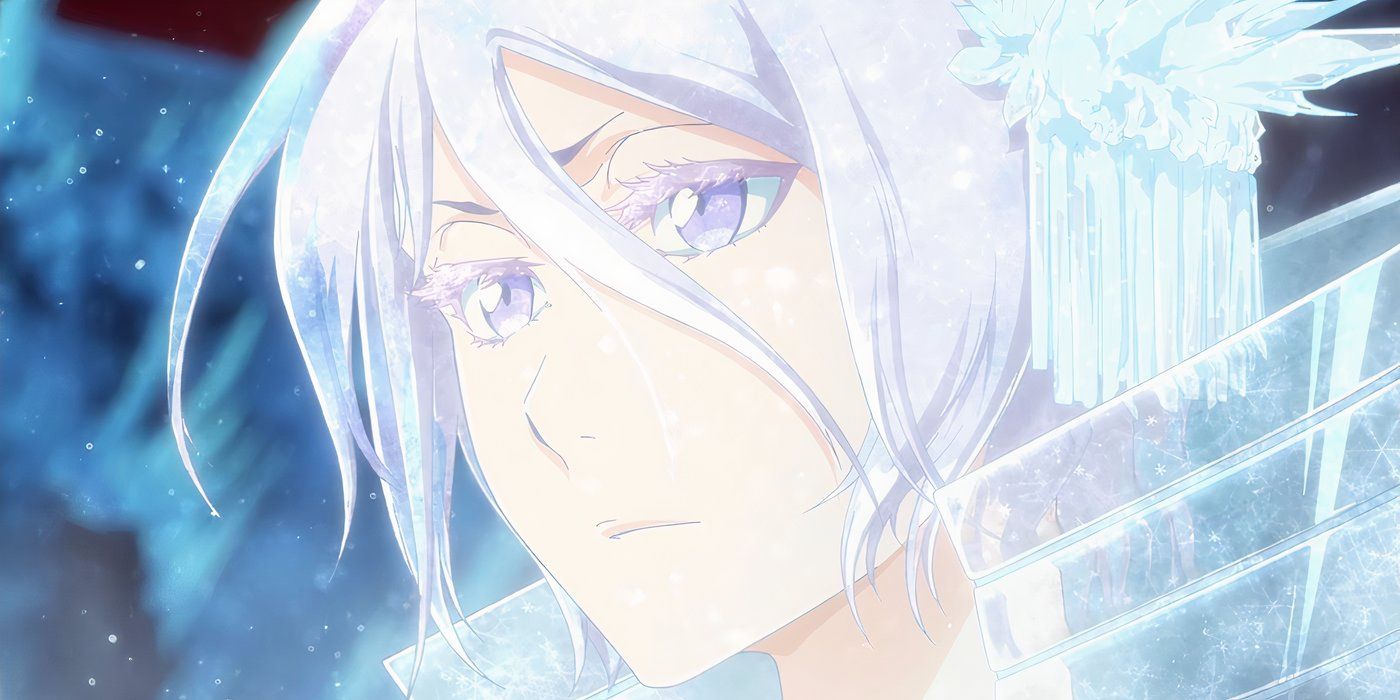






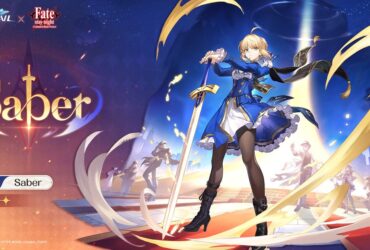


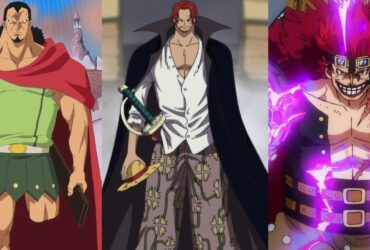

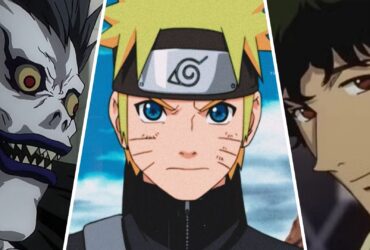
Leave a Reply